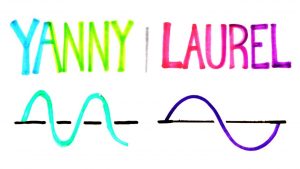In the “Saudi Arabia” episode of The Patriot Act, hosted by the Muslim American-Indian Hasan Minhaj, appeared to portray the deeper methods of the encoding/decoding process as given by Stuart Hall, its usage and its relation to how many US politicians employ it within their interactions with Saudi Arabia. Mihnaj firstly addressed the gruesome killing of Washington Post journalist Jamal Khashoggi and tied it to the diplomatic crisis that the US had with Saudi Arabia. He admitted that it ‘blew his mind’ that people only realized that the crown prince of Saudi Arabia, Mohammed Bin Salman was not true reformist after this killing. He then went on to explain why this might have been the case, he stated that the Saudi Arabian royal family held around 1 trillion dollars in total wealth and that the US politicians always tended to be wary and overlooking when it came to unwanted actions by Saudi Arabia. The violence committed by Saudi Arabian officials in Yemen is clearly an example of this and it showcases how the encoding/decoding process in journalism sources in America can be biased towards individuals that are financially and politically beneficial towards the United States. The significance this holds for Minhaj is that he is Muslim and that he tends to get judged upon the doings of Saudi Arabia even if he has nothing to do with it, he tries to communicate that this is not acceptable by expressing how the Saudi influence is increasing in North America.
As for the Patriot Act, the show and the host encode their messages in the purpose of creating humor-related material, this is not only a great way of conveying information off to viewers since humor has been shown to increase information retention and wonder levels, but this type of message encoding provides viewers with their own ability to interpret and decode the message in their own ways without guiding them towards an intended message. Which ultimately is the way any platform of objective news outlets should be following.

